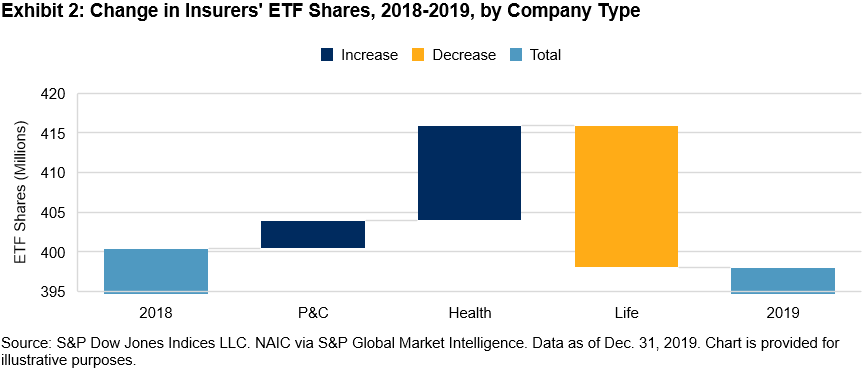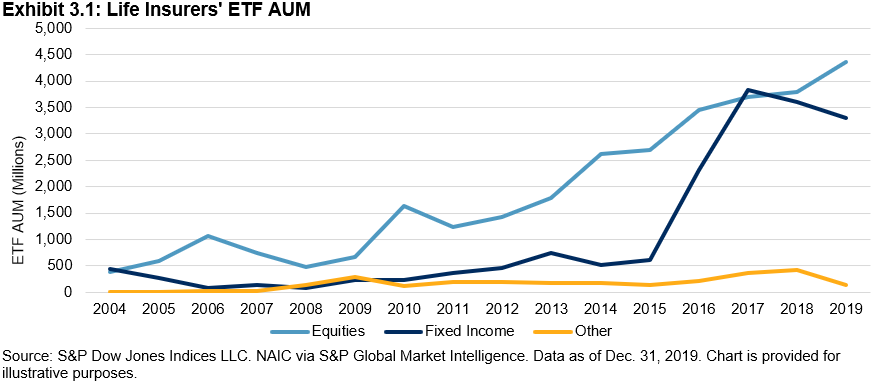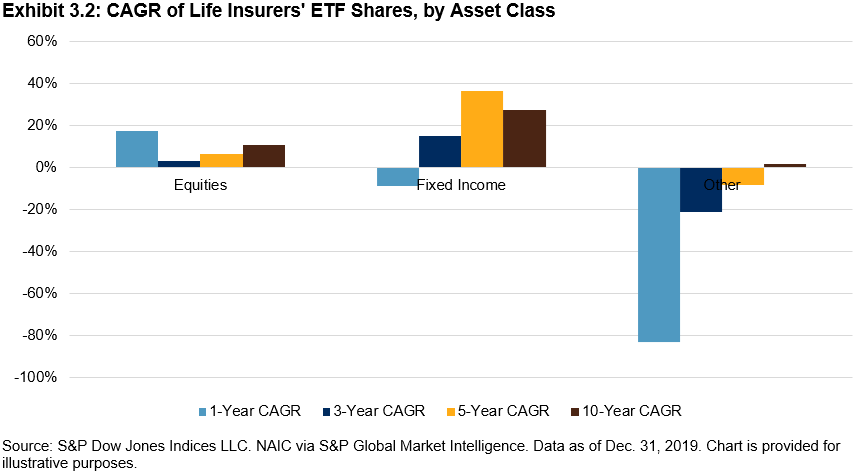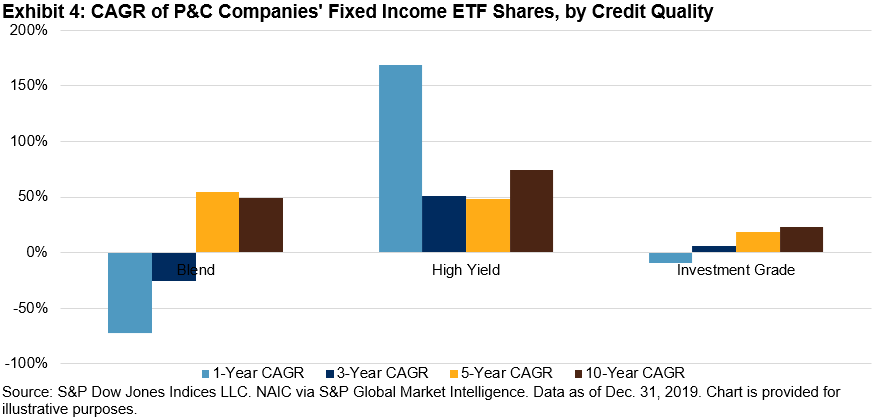The S&P 1500 serves as both a benchmark indicator for U.S. equity market performance and as a basis for passively replicating investment products that aim to deliver a “market” return. Our new paper examines the index from both these perspectives, and compares the S&P 1500 with other U.S. equity market indices. Here are a few takeaways.
The S&P 1500 offers a more holistic assessment of the U.S. market.
Many investors look to the S&P 500 to gauge U.S. market performance, with more than USD 9 trillion being indexed or benchmarked to the index as of the end of 2018. However, by looking beyond the S&P 500, the S&P 1500 offers perspectives on a broader range of market narratives. Indeed, S&P MidCap 400 and S&P SmallCap 600 constituents are typically more sensitive to the U.S. economy, and differences in sector allocations can help to diversify large-cap sector exposures.

The S&P 1500 benefitted from its exposure to smaller companies.
Students of financial theory will be well-versed in the “small size” premium: the observation that smaller companies have typically outperformed their larger counterparts. This premium can be seen when looking at historical returns: the S&P 400 and the S&P 600 outperformed over longer horizons, which in turn helped to explain why the S&P 1500 beat the S&P 500 over the same horizons.
Combined with the fact that most active managers have typically found it difficult to outperform these indices – on an absolute or risk-adjusted basis – the S&P 1500 may be an appealing option for those looking to access the U.S. equity market.

The S&P 1500 Avoids Less Liquid, Lower Priced, and Lower Quality Stocks That Are Specific to the Russell 3000
Market participants can choose from several indices to track the performance of U.S. equities. For example, the Russell 3000 index measures the performance of the 3,000 largest U.S. companies, subject to certain criteria. Although sizeable overlaps in mega-cap names meant that the S&P 1500 and Russell 3000 posted similar risk/return profiles, it is important to remember that the two indices are constructed differently.
For example, the S&P U.S. equity indices incorporate an earnings screen whereas their Russell counterparts do not. One way to see the impact of this earnings screen is to compare the characteristics of S&P 1500 stocks with “Extra 1500” stocks. The latter group consists of the largest 1,500 U.S. stocks that were not members of the S&P 1500, with around 85% being iShares Russell 3000 ETF constituents at the end of April.
Exhibit 3 suggests that investors may find it more difficult to trade stocks that are specific to the Russell 3000 and may be more likely to encounter capacity constraints: the “Extra 1500” stocks are less liquid, lower priced, and of lower quality.
Taken together, the S&P 1500 is a more representative benchmark for those wishing to seek the returns of the U.S. equity universe but wanting to avoid additional trading and implementation costs coming from the additional 1500 securities.


























































